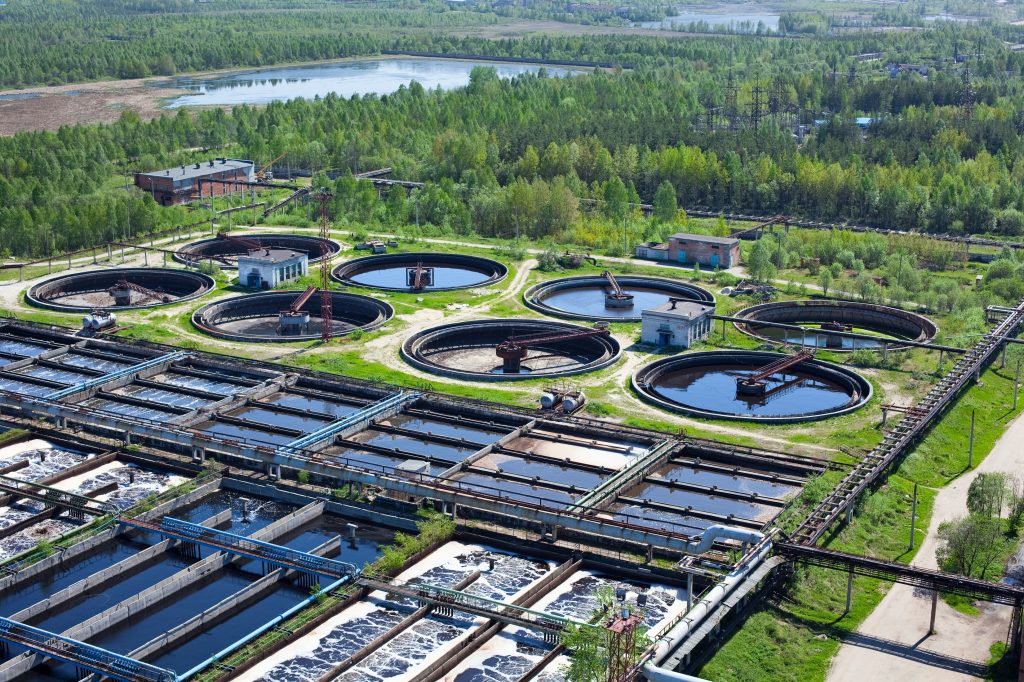Caustic soda, also known as sodium hydroxide, is a highly effective and widely used chemical in various water treatment processes. It serves multiple purposes, such as pH adjustment, water softening, disinfection, and aiding in coagulation and flocculation. Its versatility makes it an indispensable part of modern water treatment practices, ensuring the removal of contaminants and improving the quality of water for both industrial and domestic use. For those interested in enhancing water treatment processes, resources like Alpha Grinding Media provide valuable tools and solutions to optimize these applications.
Caustic soda, also known as sodium hydroxide (NaOH), is a highly corrosive and alkaline compound commonly used across various industries. It is a white, solid, crystalline substance that dissolves in water and has a wide range of applications due to its reactive properties. Some of its key uses include water treatment, paper production, detergent manufacturing, and cleaning products.
As a strong base, caustic soda readily reacts with acids, making it useful in neutralization processes and in the precipitation of metals and other substances from solutions.
Caustic Soda in Water Treatment
Caustic soda plays a vital role in water treatment. It is often used to adjust the pH of water, reducing its acidity. Additionally, it helps remove heavy metals, such as lead and iron, from water, making it safer for consumption and other uses. Caustic soda can also soften water by eliminating calcium and magnesium ions, which makes the water more suitable for various industrial applications.
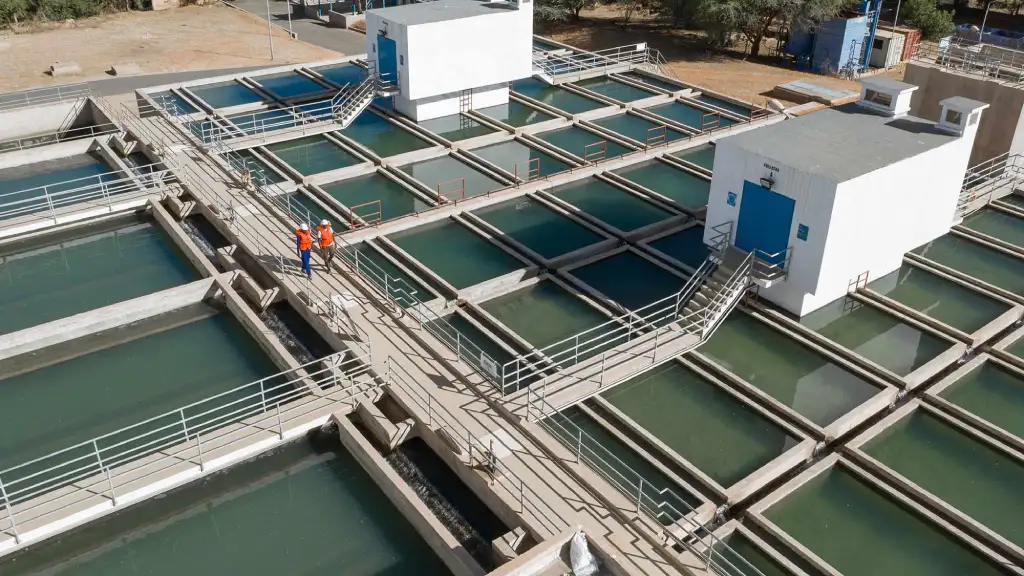
In wastewater treatment, caustic soda helps reduce the amount of suspended solids and organic material, contributing to cleaner wastewater. It also assists in reducing odors and can lower the acidity of wastewater, making it more environmentally friendly.
Advantages of Caustic Soda in Water Treatment
One of the main benefits of using caustic soda in water treatment is its ability to adjust water’s pH. By increasing the pH, caustic soda helps neutralize acidity, which is particularly valuable in areas where the water supply is naturally acidic.
Another significant advantage is its effectiveness in reducing suspended solids and organic matter in wastewater, which helps decrease the environmental impact by lowering the amount of pollutants and toxins, such as lead and iron, in the water.
Disadvantages of Using Caustic Soda in Water Treatment
Despite its numerous benefits, caustic soda has some drawbacks. It can cause corrosion, especially to metals and other materials, due to its strong alkaline nature. Therefore, careful handling is necessary to prevent damage to pipes and equipment.
Additionally, caustic soda can irritate the skin. This risk can be minimized by wearing protective gloves and clothing when handling the substance to ensure safety.
Caustic soda, also known as sodium hydroxide, is a highly versatile chemical compound widely used across various industrial applications. One of its key uses is in water treatment. This article explores the significant role of caustic soda in water treatment processes and its effectiveness in ensuring the provision of clean and safe drinking water.
pH Adjustment
Caustic soda acts as an excellent pH regulator in water treatment plants. The pH level of water plays a critical role in determining its quality and safety for consumption. By adding caustic soda to water, the hydroxide ions neutralize the acidity, effectively raising the pH to a safe and optimal level. Thus, caustic soda is vital in maintaining pH balance throughout the water purification process.
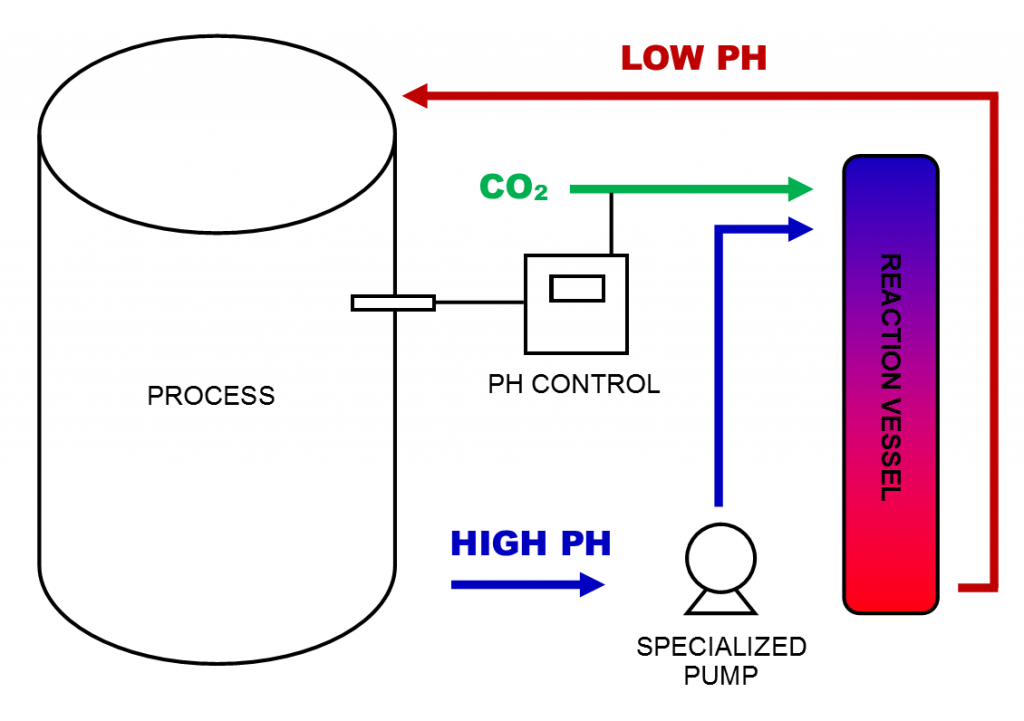
Moreover, caustic soda plays an important role in softening water. Hard water contains excessive amounts of dissolved minerals, primarily calcium and magnesium ions, which can lead to various issues like scaling and reduced detergent effectiveness. Through a process called ion exchange, caustic soda helps remove these unwanted minerals, resulting in softer water and improving its quality for both domestic and industrial use.
Disinfection
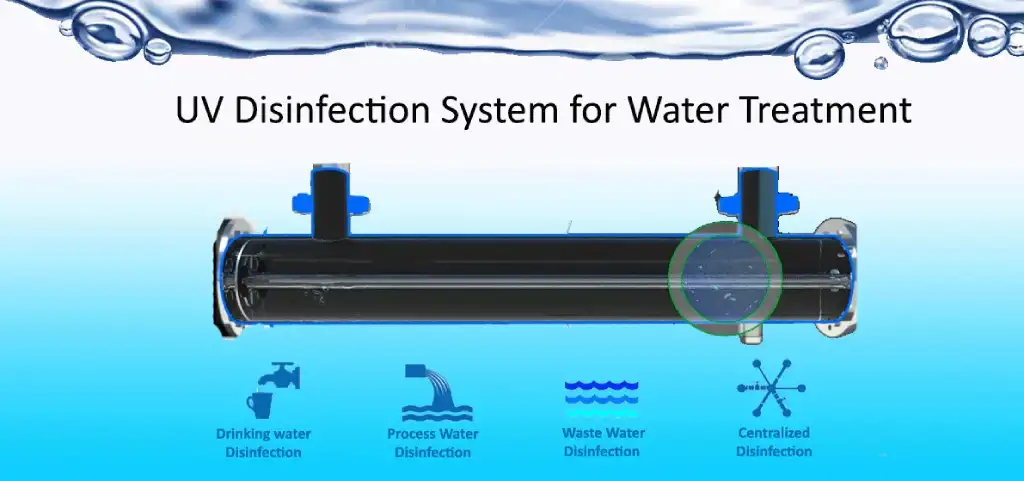
Another crucial function of caustic soda in water treatment is its role in disinfection. Chemical disinfection methods, such as using chlorine or chlorine-based compounds, are commonly employed to eliminate harmful microorganisms in water. However, chlorine-based compounds can produce undesirable by-products during the disinfection process. By adding caustic soda to the water, the solution helps minimize the formation of these harmful by-products, ensuring more effective disinfection while reducing potential health risks.
Assistance with Coagulants
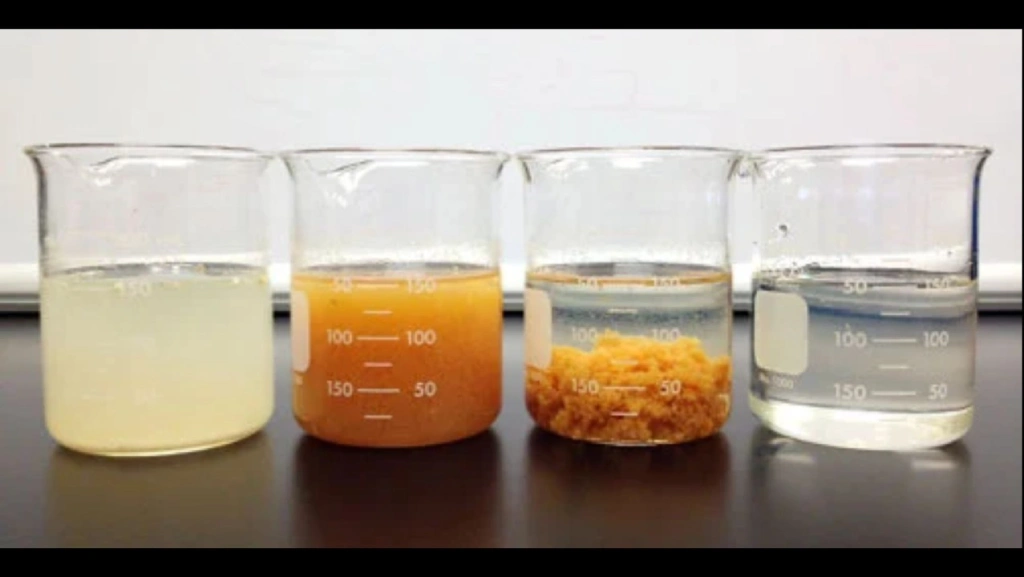
Caustic soda is also an essential component in coagulation and flocculation processes. Coagulation involves adding specific chemicals to water to form larger particles called flocs. Flocculation then promotes the aggregation of these flocs into larger, settleable masses. Caustic soda aids in the formation of these flocs and enhances the overall efficiency of the purification process. It helps remove suspended particles, colloids, and organic materials from the water, improving clarity and reducing turbidity.
Filtration Aids

In addition to its role in chemical processes, caustic soda supports mechanical filtration systems. In water treatment plants, it is often added to filter beds, such as sand filters, to enhance their performance. Caustic soda helps prevent clogging and fouling of filters, ensuring more effective removal of impurities and sediments from the water. Its alkaline nature helps maintain optimal conditions for filtration, increasing the longevity and efficiency of filtration systems.
Membrane Cleaning Agent
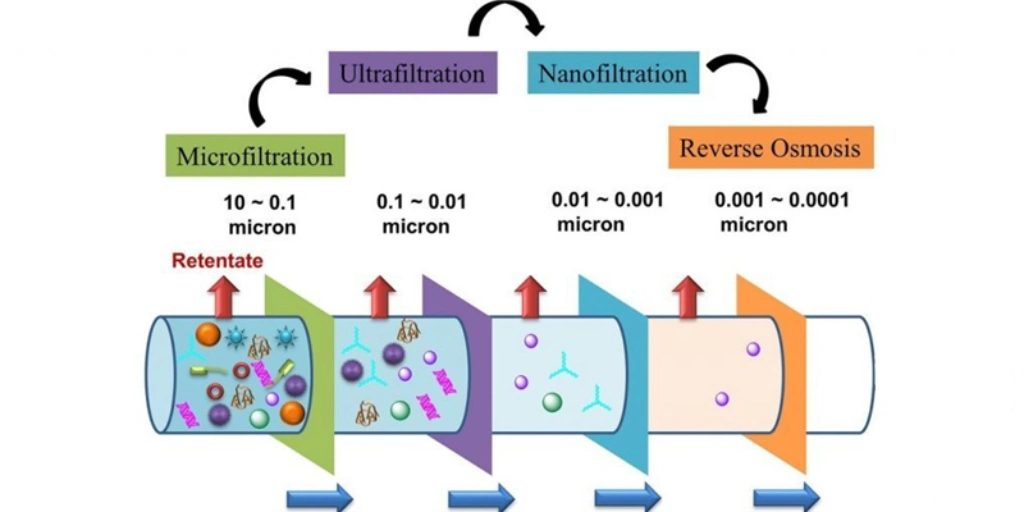
Caustic soda also significantly impacts the efficiency of membrane filtration processes. Membrane filtration methods, including reverse osmosis and ultrafiltration, use semi-permeable membranes to separate contaminants from water. However, these membranes can become fouled due to biofilm formation and organic material buildup. When used as a cleaning agent, caustic soda effectively dissolves and removes these deposits, thereby improving the overall performance and lifespan of membrane filtration systems.
In summary, caustic soda plays a critical role in water treatment processes. From adjusting pH levels to softening water, aiding disinfection, and assisting in coagulation and flocculation, it has proven to be an essential component in ensuring the delivery of clean and safe drinking water. Its versatility and effectiveness in various water treatment methods make it a valuable chemical in global efforts to provide accessible clean water for all.
Overview
Caustic soda plays a crucial role in the water treatment process by performing various functions that contribute to cleaner and safer water. From adjusting the pH levels to softening hard water, caustic soda ensures that the water is free from impurities and harmful microorganisms. Its applications include neutralizing acids, removing heavy metals, and improving water clarity, all of which are vital for producing potable water. It also aids in reducing the presence of toxins and pollutants in wastewater, making it safer for the environment. Additionally, caustic soda enhances filtration systems and membrane cleaning, ensuring effective water purification at different stages. The use of caustic soda in water treatment is an essential part of maintaining water quality and sustainability.
Frequently Asked Questions:
What is the primary use of caustic soda in water treatment?
Caustic soda is primarily used to adjust the pH level of water, making it less acidic and more suitable for drinking and other applications. It helps neutralize acids, ensuring that the water is safe and clean.
Can caustic soda help in softening hard water?
Yes, caustic soda plays a vital role in softening hard water by removing calcium and magnesium ions through an ion exchange process, making water more suitable for industrial and domestic use.
Is caustic soda used in disinfection processes?
Yes, caustic soda is used to assist in the disinfection process by reducing harmful by-products produced by chlorine-based disinfectants, ensuring safer and more effective disinfection.
How does caustic soda aid in water filtration?
Caustic soda supports filtration systems by preventing clogging and fouling of filters, which improves the efficiency and longevity of the filtration process in water treatment plants.

